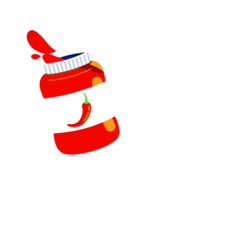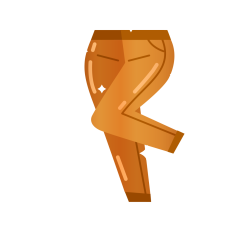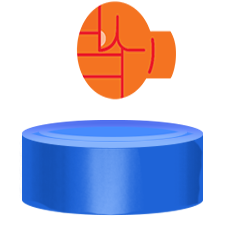Instalar Steam
iniciar sesión
|
idioma
简体中文 (Chino simplificado)
繁體中文 (Chino tradicional)
日本語 (Japonés)
한국어 (Coreano)
ไทย (Tailandés)
български (Búlgaro)
Čeština (Checo)
Dansk (Danés)
Deutsch (Alemán)
English (Inglés)
Español - España
Ελληνικά (Griego)
Français (Francés)
Italiano
Bahasa Indonesia (indonesio)
Magyar (Húngaro)
Nederlands (Holandés)
Norsk (Noruego)
Polski (Polaco)
Português (Portugués de Portugal)
Português - Brasil (Portugués - Brasil)
Română (Rumano)
Русский (Ruso)
Suomi (Finés)
Svenska (Sueco)
Türkçe (Turco)
Tiếng Việt (Vietnamita)
Українська (Ucraniano)
Informar de un error de traducción

































the race awd transfer case should be able to let you adjust the torque bias to the rear. if that fails, use a slightly longer (smaller number) final drive ratio for the rear wheels to make them spin a little faster than the front
internet access is few and far apart, and i really only crawl out of my cave when i catch wind of updates...
Also want to mention that the Sunburst and no other car that I've found has a bug where the wheel offset setting just doesn't work at all.
anyways, adding negative caster makes your wheels want to return to the center more aggressively, but i believe it does add *some* negative camber. i didn't check that too closely, but you can just steer with the wheel debug menu open to check this.
i also generally have my wheels set around one or two degrees on the negative side since too much camber just looks goofy to me, and that range works just fine for me.
Wouldn't adding negative caster add positive camber when turning?
Also in what range do you have your camber at, and why? I'm guessing you use the wheels debug app